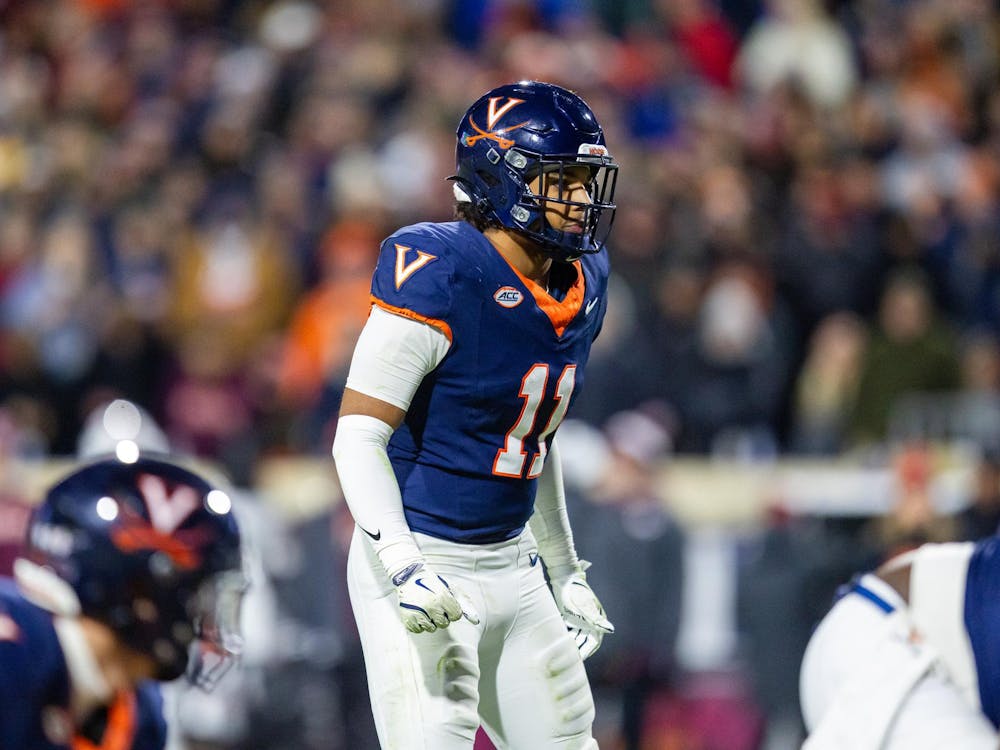Three weeks, 65 teams, 64 games, over 950 players. At its heart, March Madness is all about the numbers. As much as the ESPN talking heads might want to dissect a team's heartwarming road to the tournament or wonder out loud whether Joakim Noah will do the chicken dance again if Florida wins the big one, in reality the math says it all. So, to cut through all the hype, predictions and buckets of face paint, here is the definitive list of March Madness by the numbers (E-Schoolers, please check my work).
$2.5 billion: the estimated amount of money wagered on March Madness every year, according the FBI.
4: Percent of that money wagered legally in Nevada.
9,223,372,036,854,775,808 to one: The odds of picking a perfect bracket. That's nine quintillion to one. To put this in perspective, if every man, woman and child in the world filled out 1.4 billion different brackets each, chances are only one bracket on earth would be perfect.
8.7: Average number of "upsets" in the NCAA Tournament each year, according to Pregame.com. "Upset" is defined as one team beating another that is at least four seeds higher. There has never been a year with fewer than five upsets.
0: Number of times in history that all four No. 1-ranked teams have made it to the Final Four.
18: Years since a team seeded lower than fourth won the national title.
$1.2 billion: Estimated amount March Madness will cost in lost productivity, according to consulting firm Challenger, Gray & Christmas. (That's 23 million tournament-watching workers spending 13.5 minutes online daily for 13 business days. With an average American wage of $16.80 per hour, every 13.5 minutes costs $3.78.)
10: Percent of Americans participating in March Madness office pools, as estimated by the NCAA.
29: Percent of Americans who are self-identifying college basketball fans, according to a Gallup poll.
$6 billion: Amount paid by CBS for an exclusive 11-year contract to carry the NCAA Tournament.
$586 million: Dollars spent on college basketball advertising in 2005, according to CBS.
$130,000: Amount the ACC gets, on average, for every tournament win by each of its teams.
0: Percent of the revenue from the NCAA Tournament that is kept by the NCAA. All the money from the tournament's massive $6 billion TV contract is distributed between participating schools and conferences.
1939: First year the term "March Madness" was used to describe the Illinois high school state basketball tournament, according to Slate.com.
1982: Year Brent Musburger, CBS broadcaster and former Chicago sportswriter, is credited with first using the term to describe the college tournament.
58: Points scored by Bill Bradley in a 1965 Final Four game, the most ever by a player.
13: Years later that Bradley was elected to the U.S. Senate.
11: Lowest seed ever to make the Final Four. Two 11 seeds have made it, the most recent one being George Mason in 2006.
1: Number of travel agencies that handle all team, official and committee transportation to and from the NCAA Tournament. Short's Travel, an agency that employs 165 people in Waterloo, Iowa, won the long-term contract in 2003.
225: Pieces of wooden flooring transported by Florida from the RCA Dome in Indianapolis to its home in Gainesville after the 2006 NCAA title game. The winning team traditionally gets to keep the tournament hardwood.
71,250: Seating capacity of the Georgia Dome, which will host the Final Four and the championship game this year.
15,219: Capacity of the John Paul Jones Arena.
And finally...
0: The number of future March Madness columns I will write. Thanks for indulging me.






